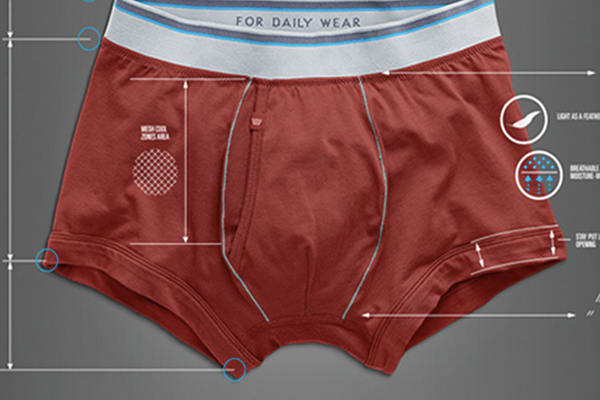Piece of Mars going home onboard NASA's 2020 rover
PTI | Feb 14, 2018, 13:44 IST Representative photograph
Representative photograph
WASHINGTON: A massive chunk of a martian meteorite will be carried onboard NASA's Mars 2020 rover mission, to serve as target practice for a high-precision laser on the rover's arm.
The ambitious Mars 2020 rover will collect samples from the red planet's surface that a future mission could potentially return to Earth, NASA said.
One of the rover's many tools will be a laser designed to illuminate rock features as fine as a human hair.
That level of precision requires a calibration target to help tweak the laser's settings.
The team behind the laser instrument called SHERLOC (Scanning Habitable Environments with Raman and Luminescence for Organics and Chemicals) selected Sayh al Uhaymir 008 (SaU008), a meteorite found in Oman in 1999.
Besides being more rugged than other samples, a piece of it was available courtesy of Caroline Smith, principal curator of meteorites at London's Natural History Museum.
SaU008 will be the first martian meteorite to have a fragment return to the planet's surface - though not the first on a return trip to Mars, the US space agency said.
Previous NASA rovers have included calibration targets as well. Depending on the instrument, the target material can include things like rock, metal or glass, and can often look like a painter's palette, according to NASA.
Earth has a limited supply of Martian meteorites, which scientists determined were blasted off Mars' surface millions of years ago.
These meteorites are not as unique as the geologically diverse samples 2020 will collect.
"We're studying things on such a fine scale that slight misalignments, caused by changes in temperature or even the rover settling into sand, can require us to correct our aim," said Luther Beegle of JPL, principal investigator for SHERLOC.
"By studying how the instrument sees a fixed target, we can understand how it will see a piece of the martian surface," said Beegle.
SHERLOC will be the first instrument on Mars to use Raman and fluorescence spectroscopies, scientific techniques familiar to forensics experts.
Whenever an ultraviolet light shines over certain carbon-based chemicals, they give off the same characteristic glow that you see under a black light.
The ambitious Mars 2020 rover will collect samples from the red planet's surface that a future mission could potentially return to Earth, NASA said.
One of the rover's many tools will be a laser designed to illuminate rock features as fine as a human hair.
That level of precision requires a calibration target to help tweak the laser's settings.
The team behind the laser instrument called SHERLOC (Scanning Habitable Environments with Raman and Luminescence for Organics and Chemicals) selected Sayh al Uhaymir 008 (SaU008), a meteorite found in Oman in 1999.
Besides being more rugged than other samples, a piece of it was available courtesy of Caroline Smith, principal curator of meteorites at London's Natural History Museum.
SaU008 will be the first martian meteorite to have a fragment return to the planet's surface - though not the first on a return trip to Mars, the US space agency said.
Previous NASA rovers have included calibration targets as well. Depending on the instrument, the target material can include things like rock, metal or glass, and can often look like a painter's palette, according to NASA.
Earth has a limited supply of Martian meteorites, which scientists determined were blasted off Mars' surface millions of years ago.
These meteorites are not as unique as the geologically diverse samples 2020 will collect.
"We're studying things on such a fine scale that slight misalignments, caused by changes in temperature or even the rover settling into sand, can require us to correct our aim," said Luther Beegle of JPL, principal investigator for SHERLOC.
"By studying how the instrument sees a fixed target, we can understand how it will see a piece of the martian surface," said Beegle.
SHERLOC will be the first instrument on Mars to use Raman and fluorescence spectroscopies, scientific techniques familiar to forensics experts.
Whenever an ultraviolet light shines over certain carbon-based chemicals, they give off the same characteristic glow that you see under a black light.
Get latest news & live updates on the go on your pc with News App. Download The Times of India news app for your device. Read more Home news in English and other languages.
From the Web
More From The Times of India

Restore Your Gut Health With One Simple Fix
Gundry MD
We Tried HelloFresh: Here's What Happened
Popdust for HelloFresh
It’s Like eBay, But Everything Sells in 90 Seconds.
Tophatter
Born Before 1985? California Will Pay Up To $345/Month Of..
Fetcharate Quotes
The Highest Paying Cash Back Card Has Just Hit The Market
Credit.com











































All Comments ()+^ Back to Top
Refrain from posting comments that are obscene, defamatory or inflammatory, and do not indulge in personal attacks, name calling or inciting hatred against any community. Help us delete comments that do not follow these guidelines by marking them offensive. Let's work together to keep the conversation civil.
HIDE